
Three Types of Vegetables with the Highest Pesticide Residues
Three Types of Vegetables with the Highest Pesticide Residues—Even Sellers Avoid Eating Them
In most family meals, vegetables are a “must-have” every day. However, hidden behind the lush green color and fresh appearance, some vegetables carry significant risks from pesticide residues.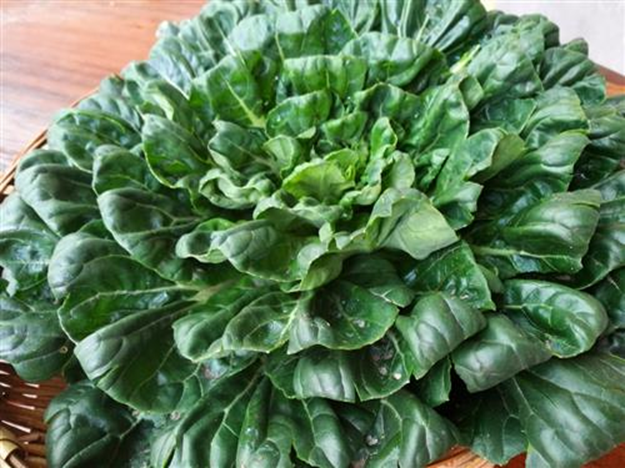
In China’s rural areas, around 1.8 million tons of pesticides and 60 million tons of chemical fertilizers are used each year. This overuse has led certain vegetables to contain far higher levels of pesticides than others. Experts warn that eating or prolonged exposure to pesticide-contaminated produce can cause toxins to accumulate in the body, weakening the immune system, increasing the risk of acute poisoning, and causing long-term health damage.
Vegetables with the highest pesticide residue risks include:
1. Leafy greens
Generally, leafy vegetables have higher pesticide residues because their leaves are soft, contain a lot of water, and are attractive to pests—leading to more frequent spraying. Root vegetables that grow underground are less exposed to pests, and aromatic vegetables tend to have lower pesticide levels.
Carrots, potatoes, cabbage, Chinese cabbage, lettuce, and coriander usually require less pesticide.
On the other hand, yardlong beans, onions, Chinese chives, cucumbers, tomatoes, rapeseed greens, and eggplants tend to be sprayed more often.
Herbs like mugwort, garland chrysanthemum, and cilantro naturally repel pests with their strong aroma, so they typically have less pesticide residue.
2. Stems and stalks contain the most pesticide residues
The base and stalks of vegetables often accumulate the highest pesticide levels. This is due to the plant’s growth structure and the way pesticides are applied.
For example, when spraying Chinese cabbage, gravity causes the pesticide to drip down the leaves and collect at the base, leading to high accumulation there. Additionally, since the base is close to the ground and exposed to sunlight and wind, pesticide breakdown is slower, making residues more persistent.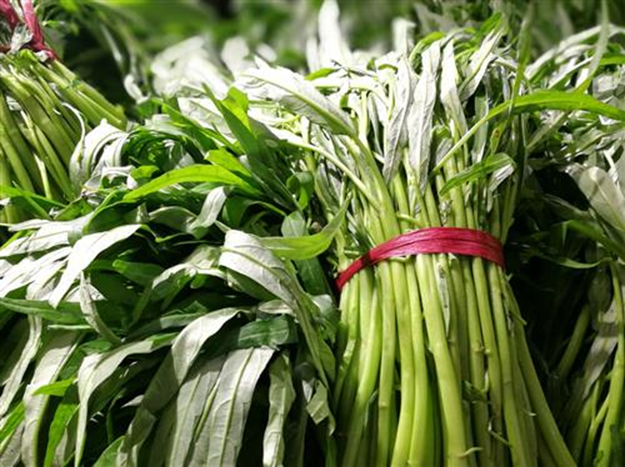
Even green peppers, though growing above ground, follow this rule. Their low height means pesticides sprayed from above tend to accumulate around the stem.
Tip: When preparing vegetables, cut off the base that touches the soil. For vegetables like green peppers, remove the stem before eating.
3. Insect-damaged vegetables can have more pesticide residues
Vegetables with insect holes may actually contain more pesticide residues.
Do not assume that vegetables with holes are “pesticide-free.” The presence or absence of holes does not necessarily indicate pesticide use.
Vegetables with holes mean the adult pests were killed after feeding, while hole-free vegetables may have had their larvae or eggs eliminated. Since adult pests are harder to kill than larvae, higher pesticide amounts may be used.
Expert tips to reduce pesticide residues:
-
Leafy greens: Sun-dry briefly before washing, use vegetable wash or salt water, trim the roots, blanch longer in boiling water, then rinse again.
-
Root vegetables (e.g., cucumbers, eggplants, radishes): Peel before eating.
-
Peppers and tomatoes: Wash thoroughly and remove stems.
-
Mushrooms: Wash well, boil for about 10 minutes, then rinse with clean water.
News in the same category

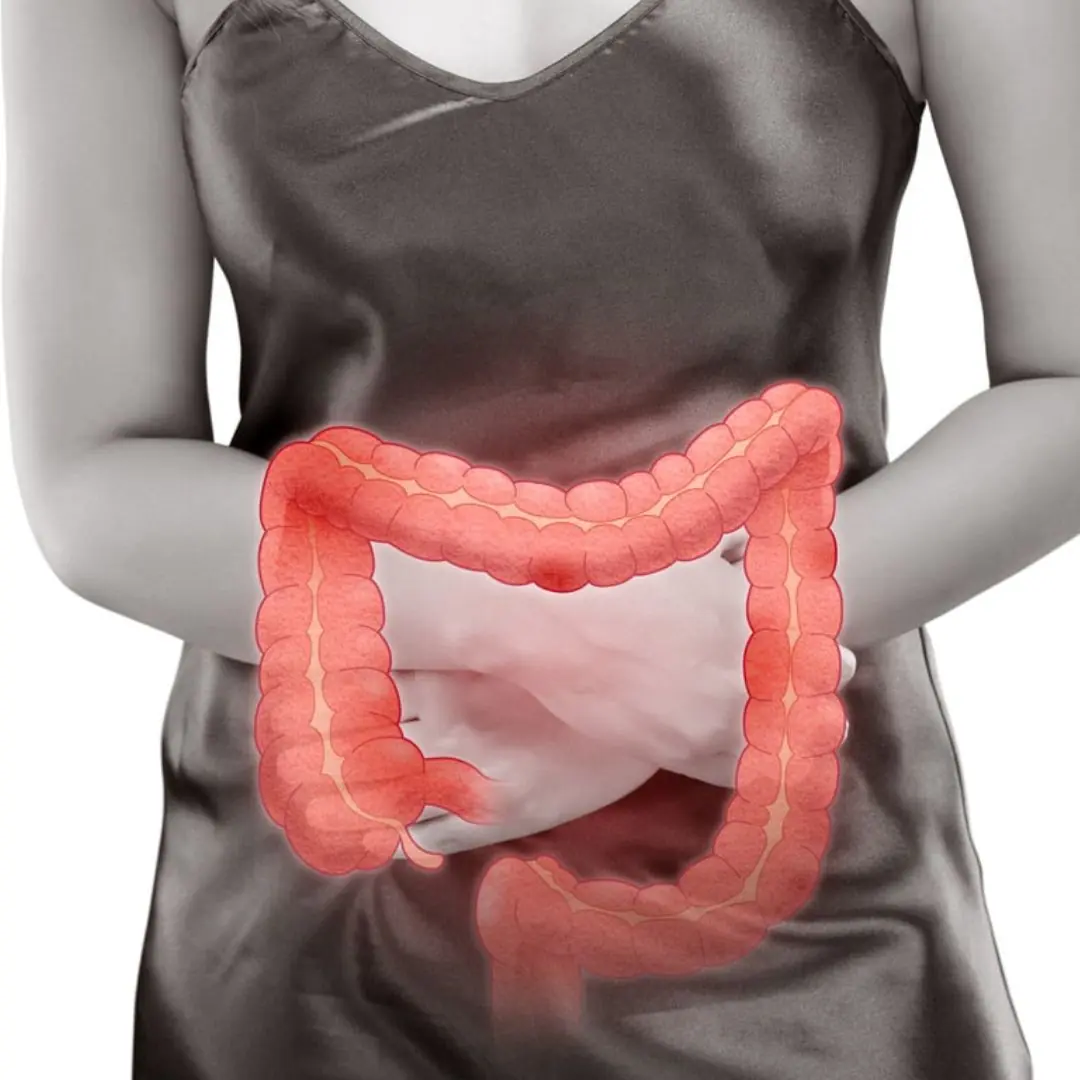
7 foods to avoid in a colon cancer diet
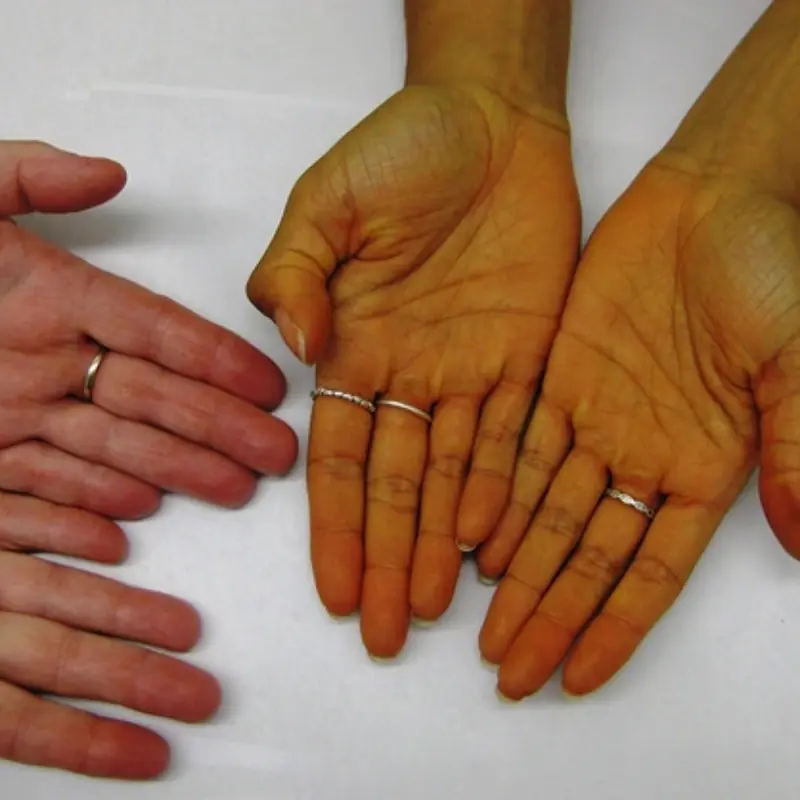
These Are the 5 Earliest Warning Signs Your Body Sends When Can.cer

5 Early Clues Your Body Sends When Bile Du.ct Can.cer Is Taking Hold

An 18-Year-Old Girl Suffered Severe Kid.ney Failure
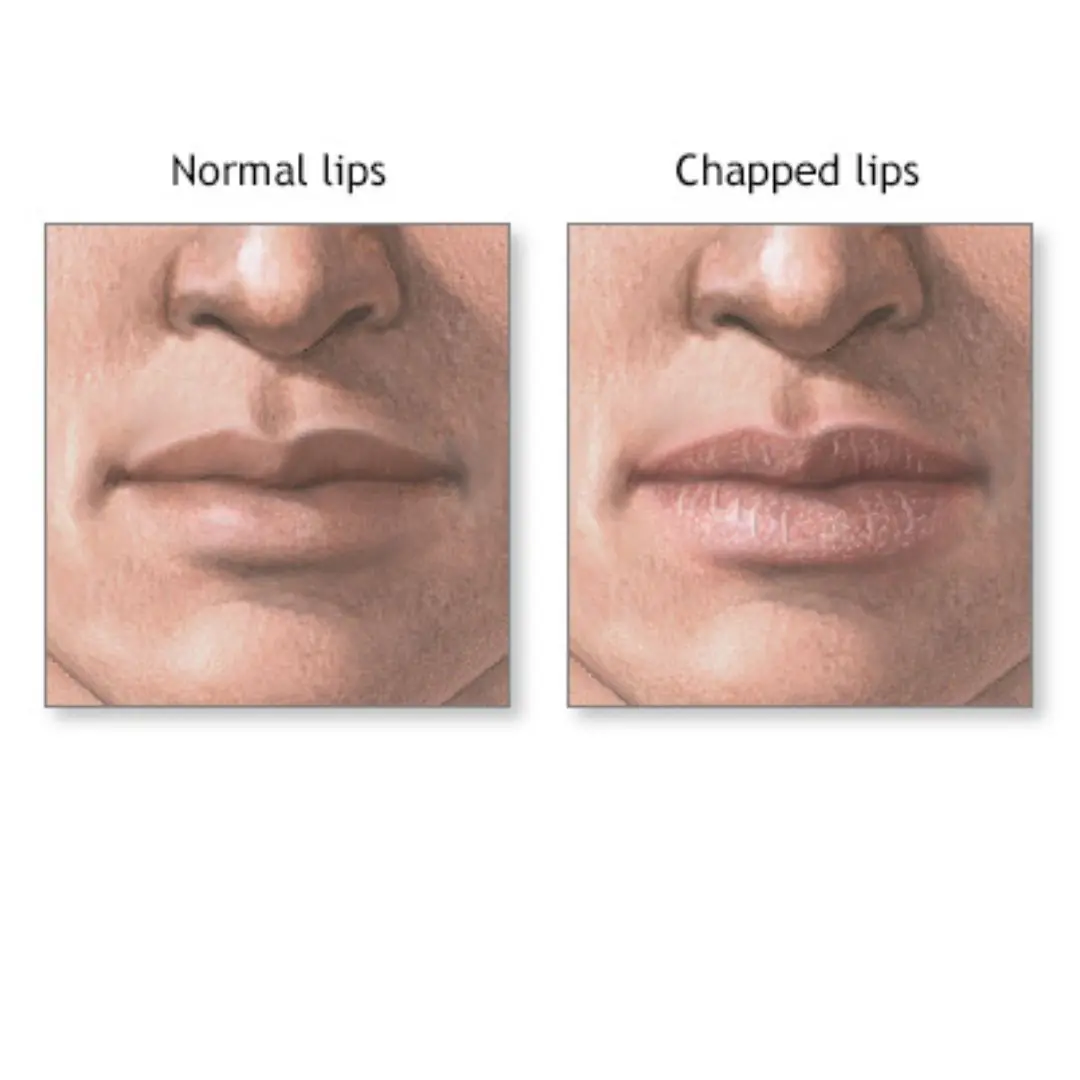
The 8 warning signs your lips reveal about your health – from herpes to liver disease

7 Warning Signs of a Type of Can.cer That’s Treatable but Can Still Make It Hard to Have Children

6 Types of People Who Should Never Eat Too Many Eggs
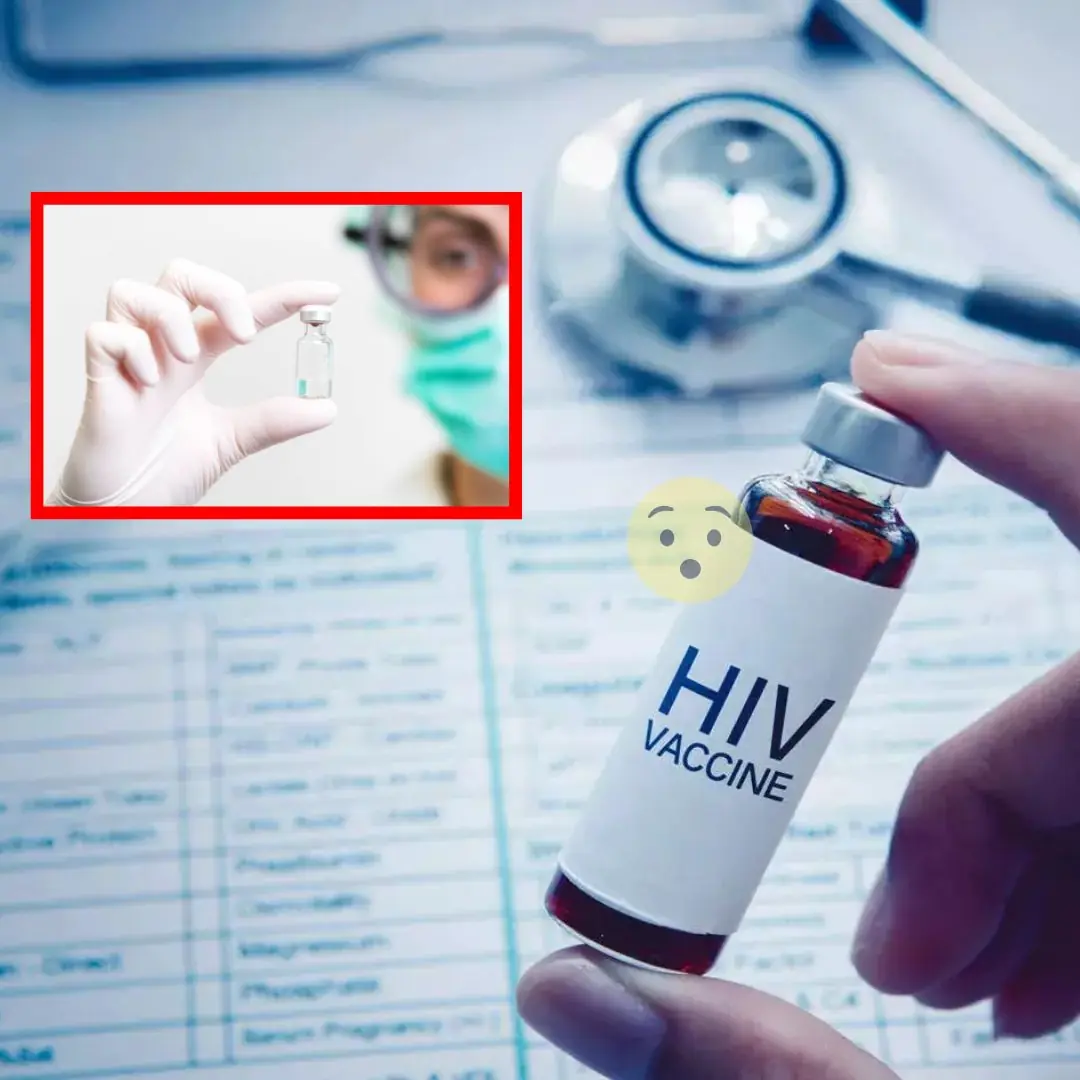
Experimental HIV vaccines show promise in early safety test
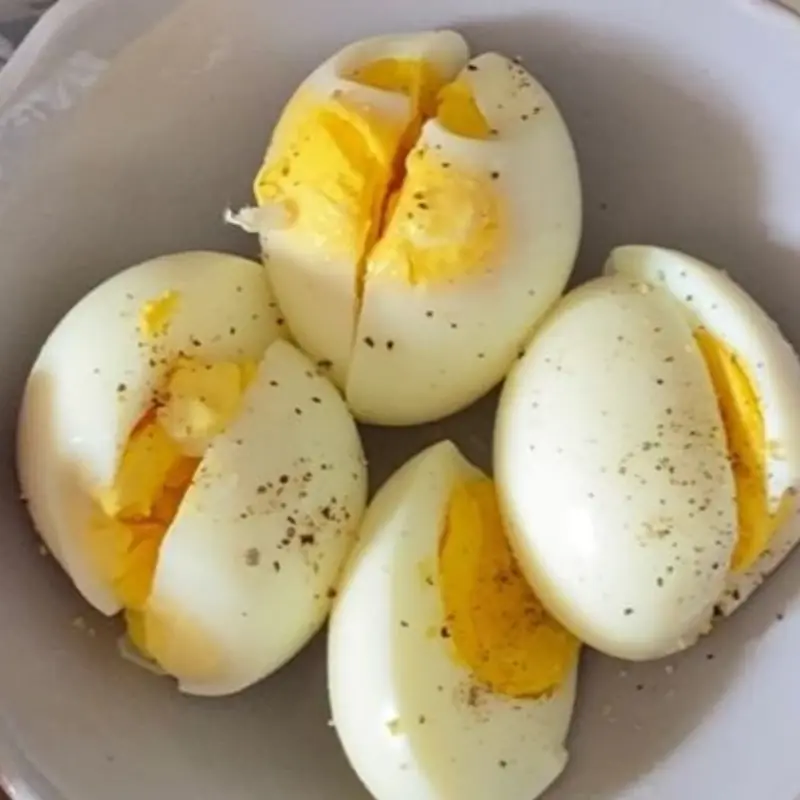
6 Types of People Who Should Avoid Eating Too Many Eggs

Check out these 6 health conditions when you drool while sleeping

The real reasons your limbs twitch at night

Snoring and 5 Surprising Indicators of Obstructive Sleep Apnea
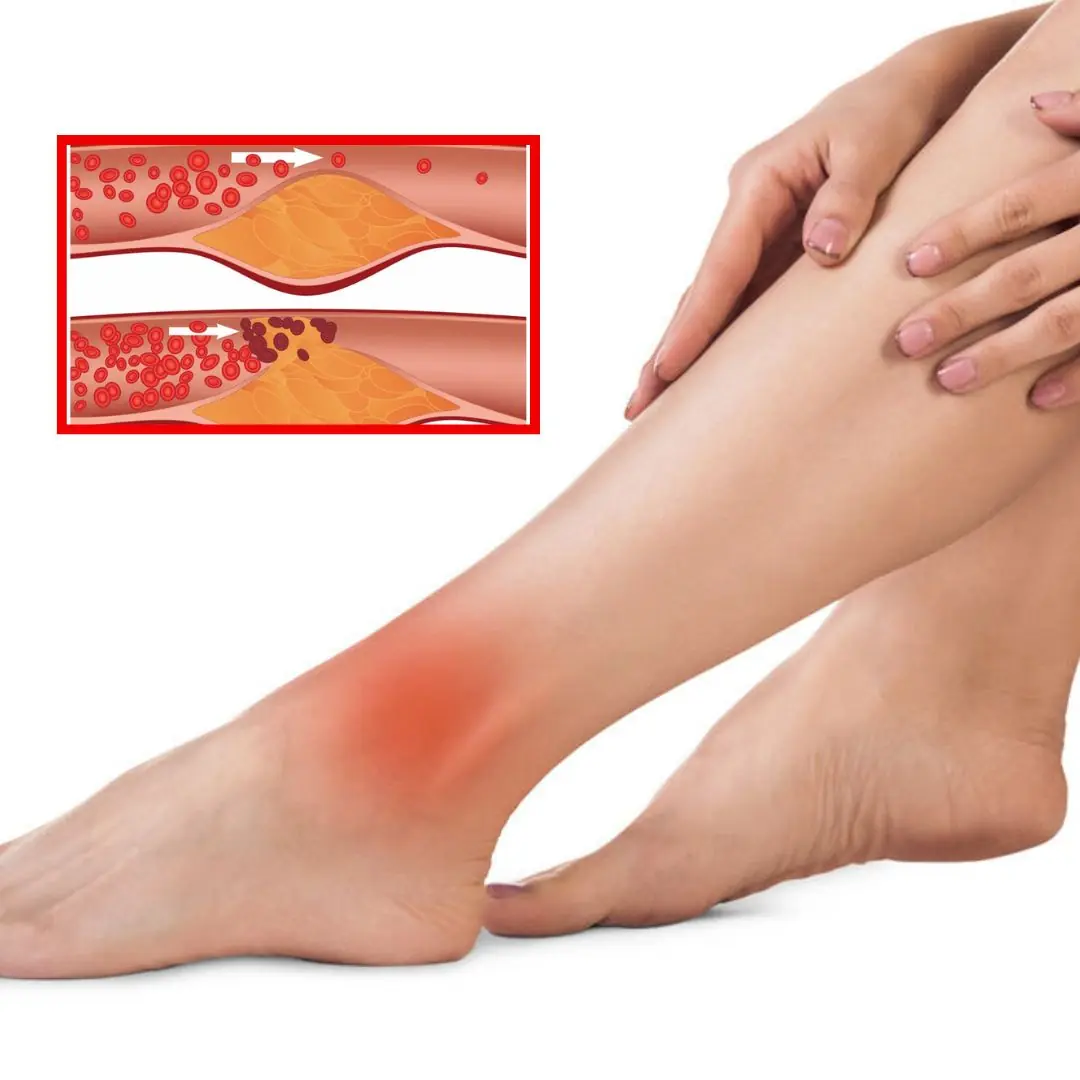
3 characteristics of the feet warn of blocked blood vessels

7 Morning Symptoms Your Body Might Be Using to Signal Hidden Diabetes
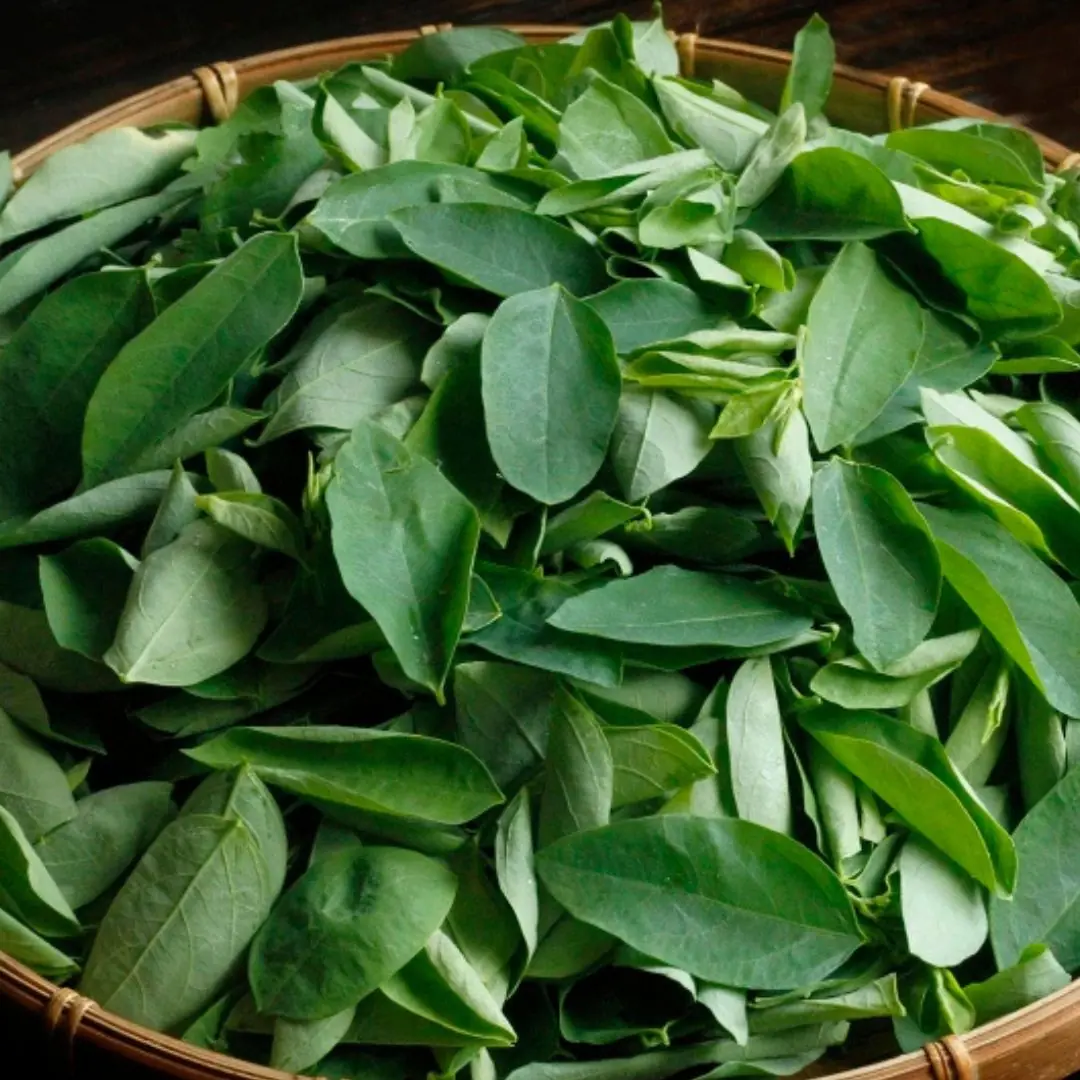
This is a simple vegetable but is so rich in vegetable protein that experts recommend using it instead of meat

Combine these foods with milk and you will get many unbelievable benefits

3 Selfish Husband Habits That Increase Their Wife’s Risk of Cer.vical Can.cer
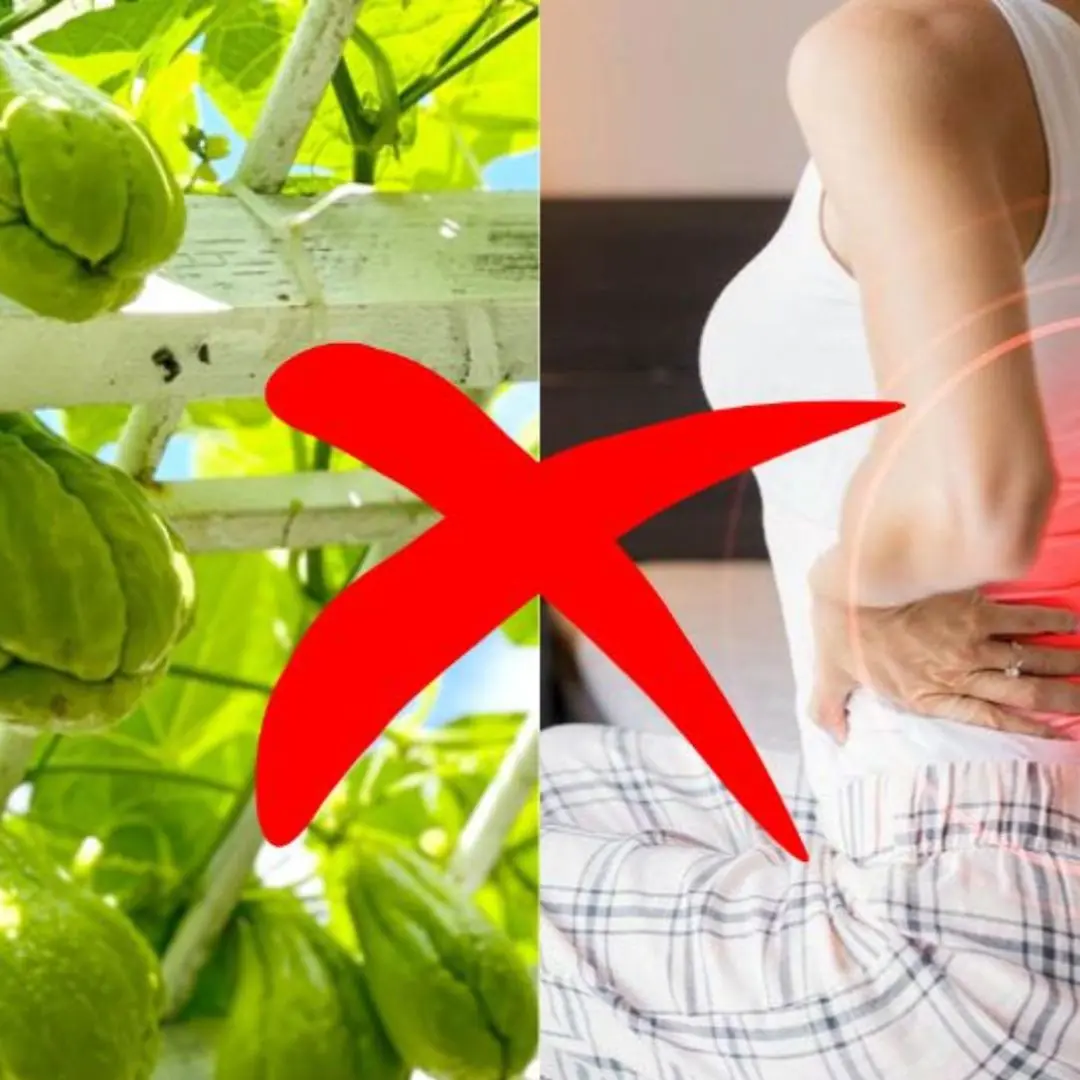
Although chayote is a nutritious food, if you eat it this way, you can accidentally bring disease into your body and damage your health
News Post
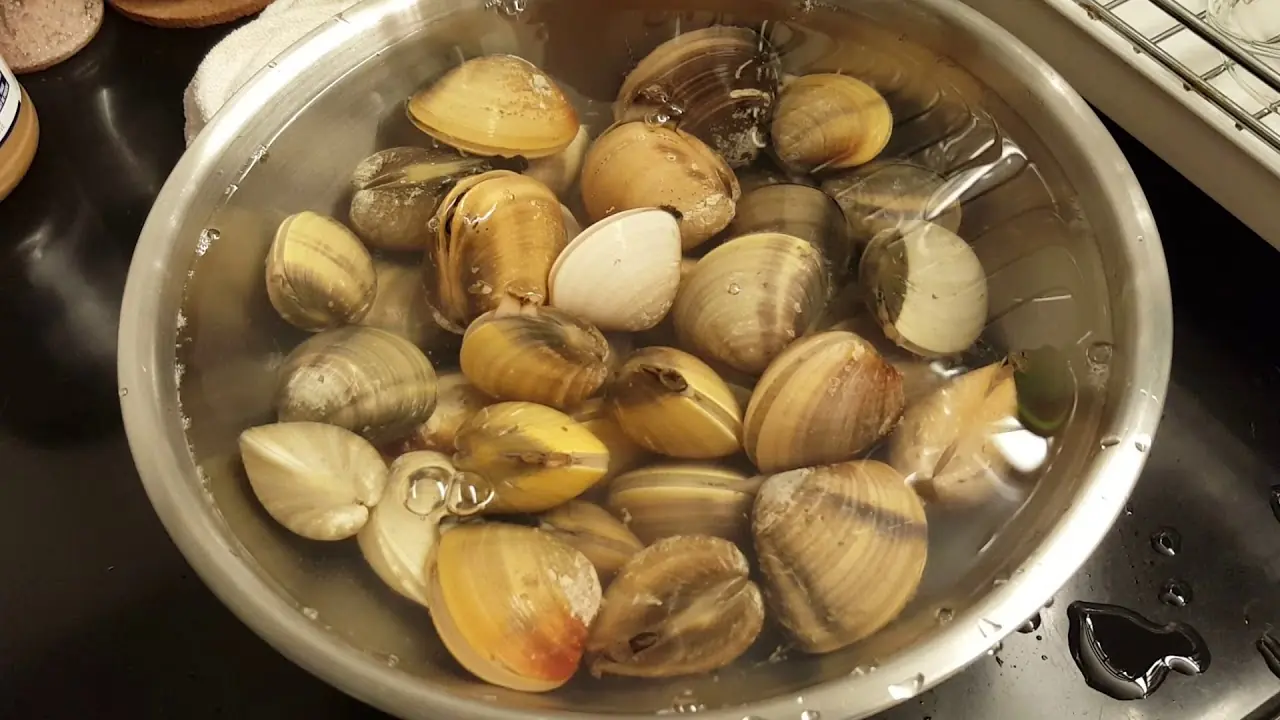
No Matter How You Wash Clams, There’s Still Grit Inside?

What Is the Black Round Hole Next to the Camera on an iPhone For?

Doctor Warns: 5 Symptoms That Could Indicate Bone Cancer

7 foods to avoid in a colon cancer diet

These Are the 5 Earliest Warning Signs Your Body Sends When Can.cer

5 Early Clues Your Body Sends When Bile Du.ct Can.cer Is Taking Hold

An 18-Year-Old Girl Suffered Severe Kid.ney Failure
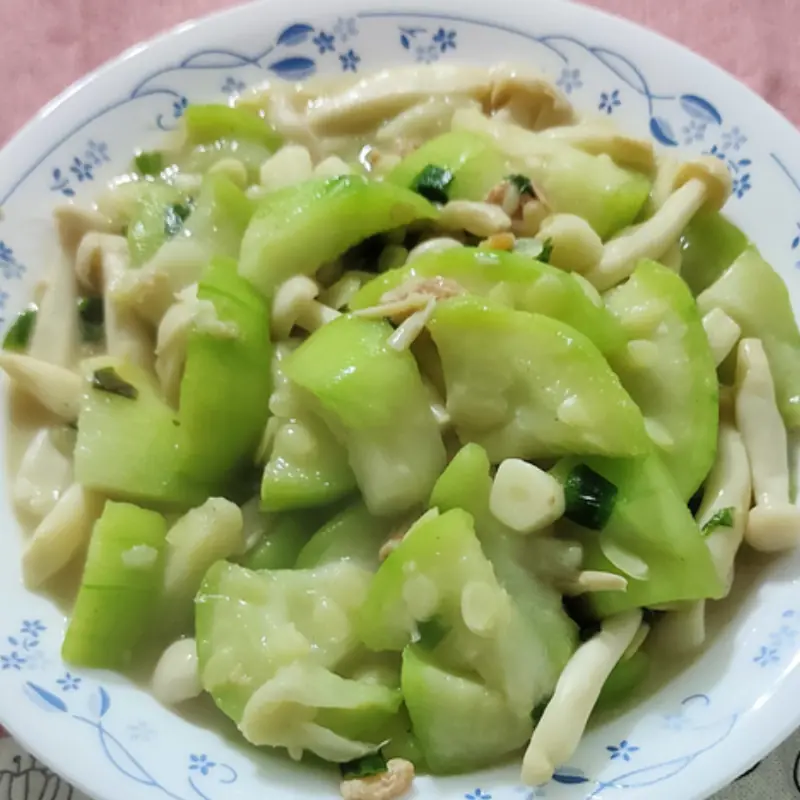
5 Types of Pesticide-Free Vegetables as Nutritious as Ginseng
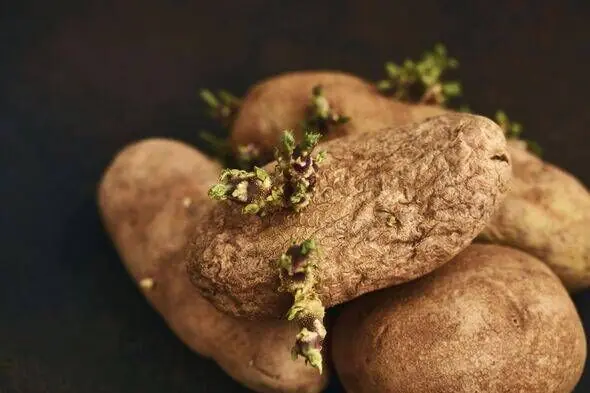
The Secret to Keeping Potatoes Fresh for 6 Months Thanks to a Surprising “Friend” in the Kitchen

The 8 warning signs your lips reveal about your health – from herpes to liver disease

7 Warning Signs of a Type of Can.cer That’s Treatable but Can Still Make It Hard to Have Children

6 Types of People Who Should Never Eat Too Many Eggs

Experimental HIV vaccines show promise in early safety test
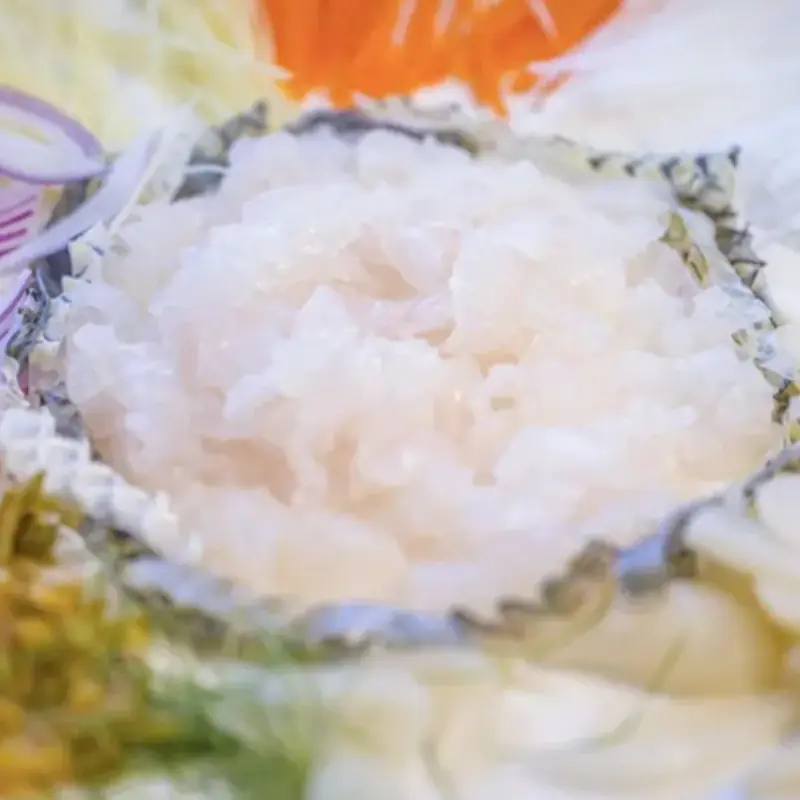
4 “ki.ll.ers” that cause cancer right in your home

6 Types of People Who Should Avoid Eating Too Many Eggs

Check out these 6 health conditions when you drool while sleeping

The real reasons your limbs twitch at night

Snoring and 5 Surprising Indicators of Obstructive Sleep Apnea
